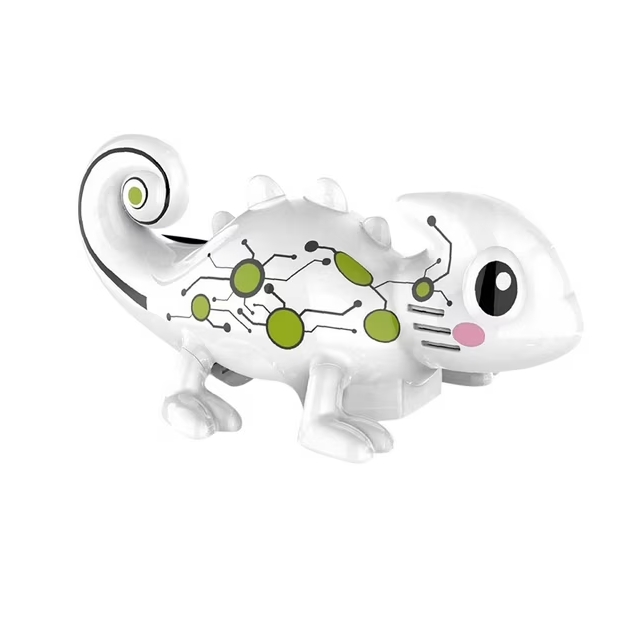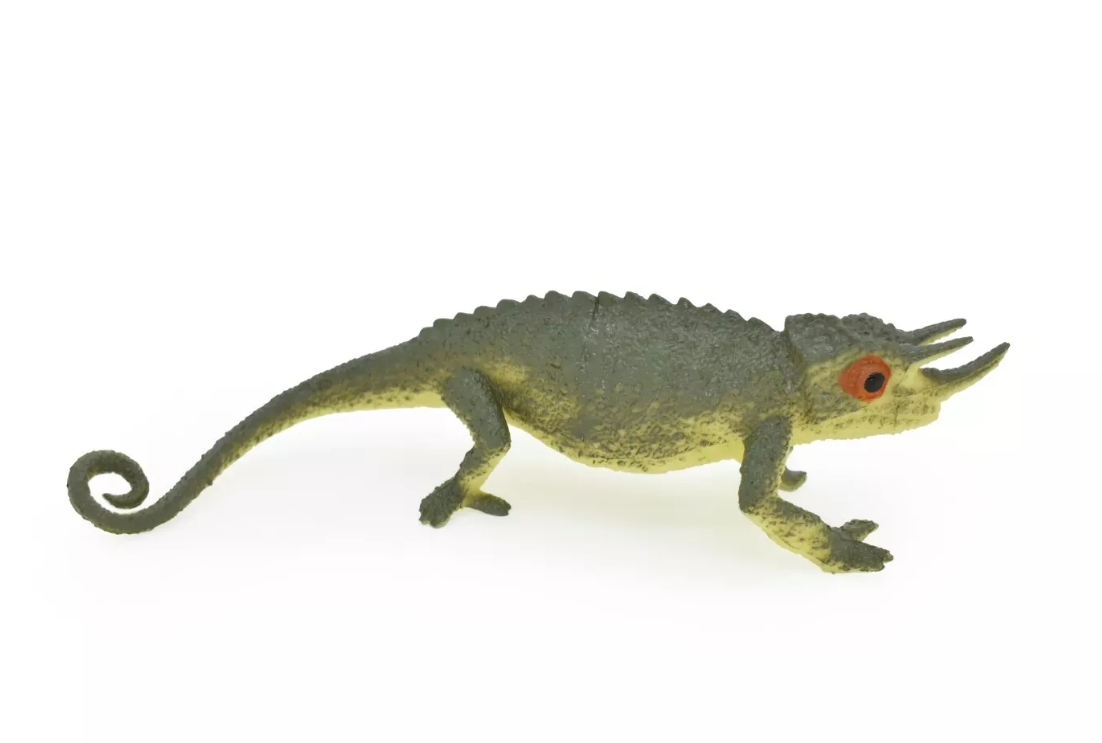The chameleon model is a fascinating biological feature that embodies adaptability and survival wisdom in nature. Chameleons are known for their unique ability to change color, which is not just for camouflage, but also plays an important social and temperature regulating role. This model allows us to understand how organisms evolve complex adaptive mechanisms through environmental changes.
The chameleon's skin contains multiple layers of pigment cells that respond to different wavelengths of light. Under the control of the nervous system, these cells can rapidly expand or contract, thereby changing the color of the skin. This wonderful physiological mechanism allows chameleons to swim in different environments and blend in freely with the surrounding environment to avoid the capture of natural enemies. At the same time, color changes can also be used for communication between peers, by displaying different colors to convey emotional states or territorial information.
In addition, the chameleon's ability to change color also plays a positive role in the ecological balance. The change of color can effectively shade themselves and reduce the attention of predators, thus improving the survival rate. In some cases, when faced with a threat, chameleons can even scare off potential competitors or predators by changing color to show aggression.
Studying chameleon models is not limited to biology, it has also inspired advances in materials science and engineering techniques. For example, scientists are developing smart materials with the ability to change color, which can change their appearance in response to environmental changes, and are widely used in fields such as construction,textiles,and medical devices. This bio-inspired design concept is leading the innovation of materials technology and promoting the process of sustainable development.




